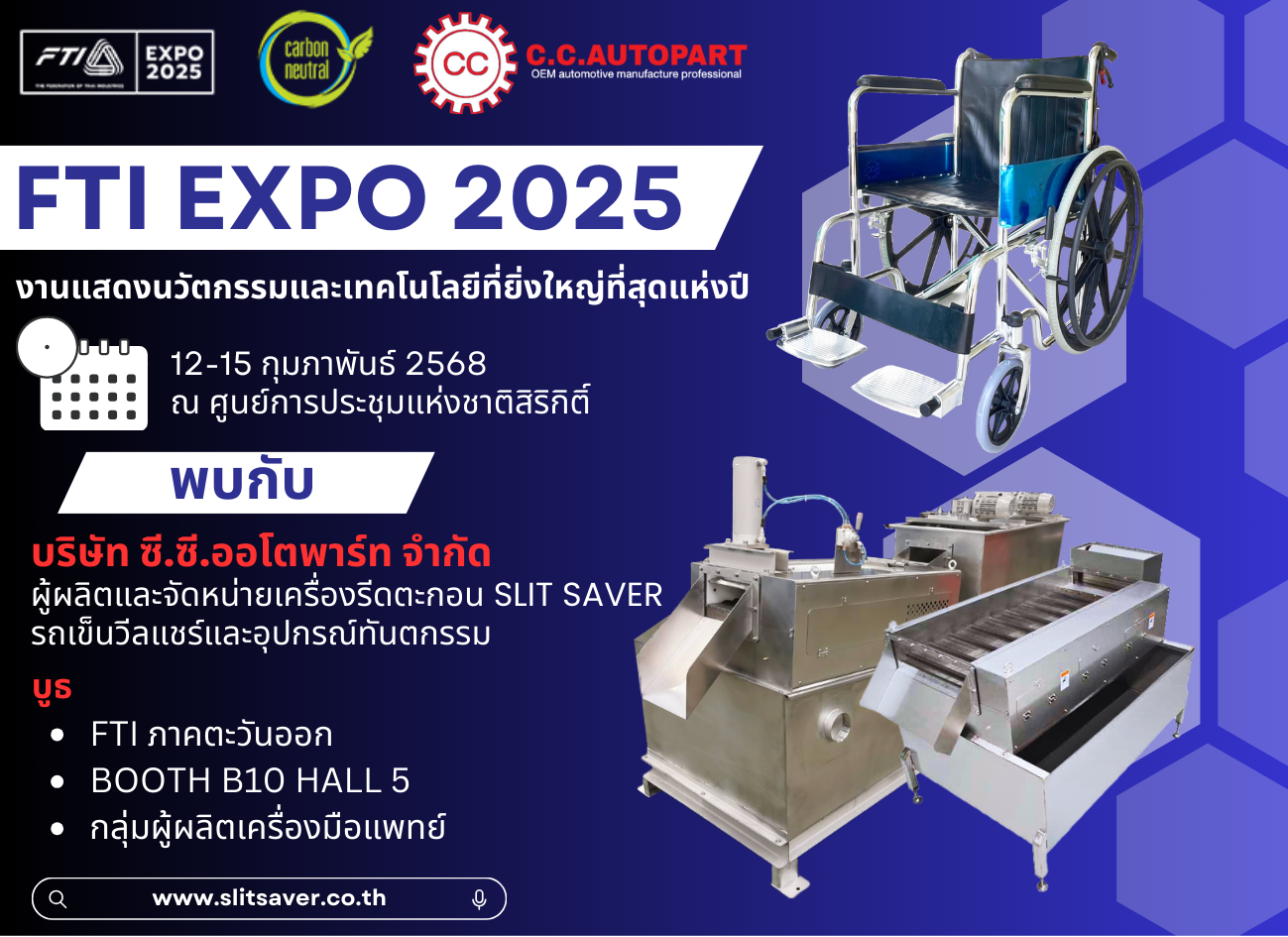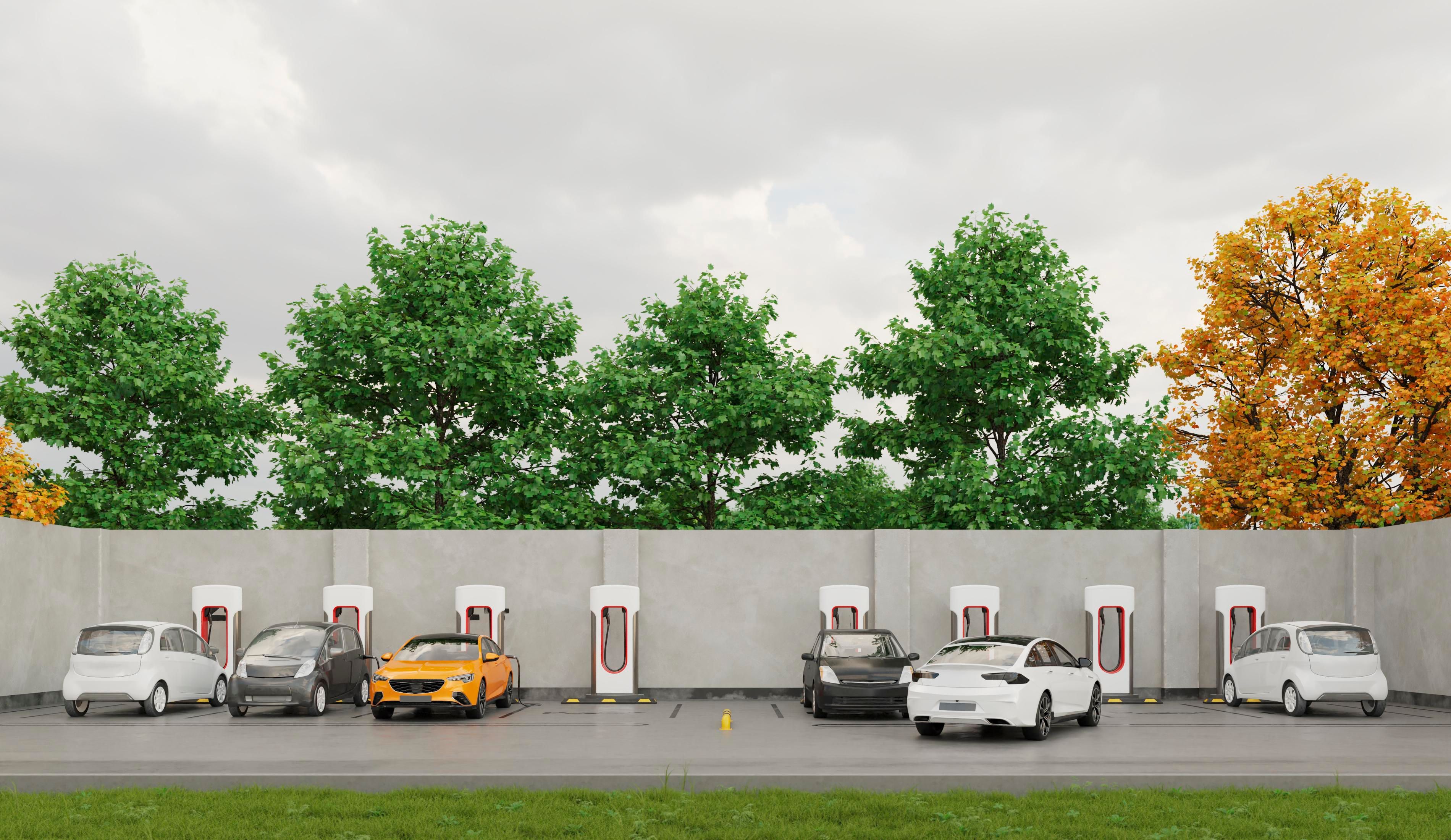4 water management guidelines for Thailand's agricultural industry

May 22, 2024
“Water is life” is a phrase that everyone must have heard or read about before. And we must admit that this phrase is not an exaggeration or propaganda in any way. Because whether it is a person, plant or animal, it must depend on water for consumption and use. This makes water very important for living and doing various activities of living things, especially in the agricultural industry that “needs” to have water as the main focus.

In 2020, there was a prediction of the trend of water usage in the agricultural industry in Thailand. The trend revealed that in the next 20 years, the amount of water in Thailand will tend to decrease by ~5% due to weather fluctuations. Because the water supply of Thailand is mainly influenced by the rainfall in the country, it is difficult for us to predict and plan the use of water from various water sources in the country. As a result, we cannot store water at full capacity, causing agricultural products to be of poor quality or agricultural products to be less in quantity. It may also affect the Department of Livestock Development, which is responsible for controlling the quality of food and water that animals will drink.
But even though we cannot predict the weather, what we can prepare for in advance is “water management guidelines” to prepare for and reduce water problems when the time comes. Today, we will introduce “4 water management guidelines” to deal with water problems for everyone to know, as well as solutions for the agricultural industry in Thailand.
1. Water management for consumption
When there is a water problem, whether it is a water shortage or flooding, the first thing that everyone is affected by is “no water for consumption”, whether it is a lack of drinking water, no water for bathing, or even no water for agriculture, which results in agricultural products withering or being in short supply.
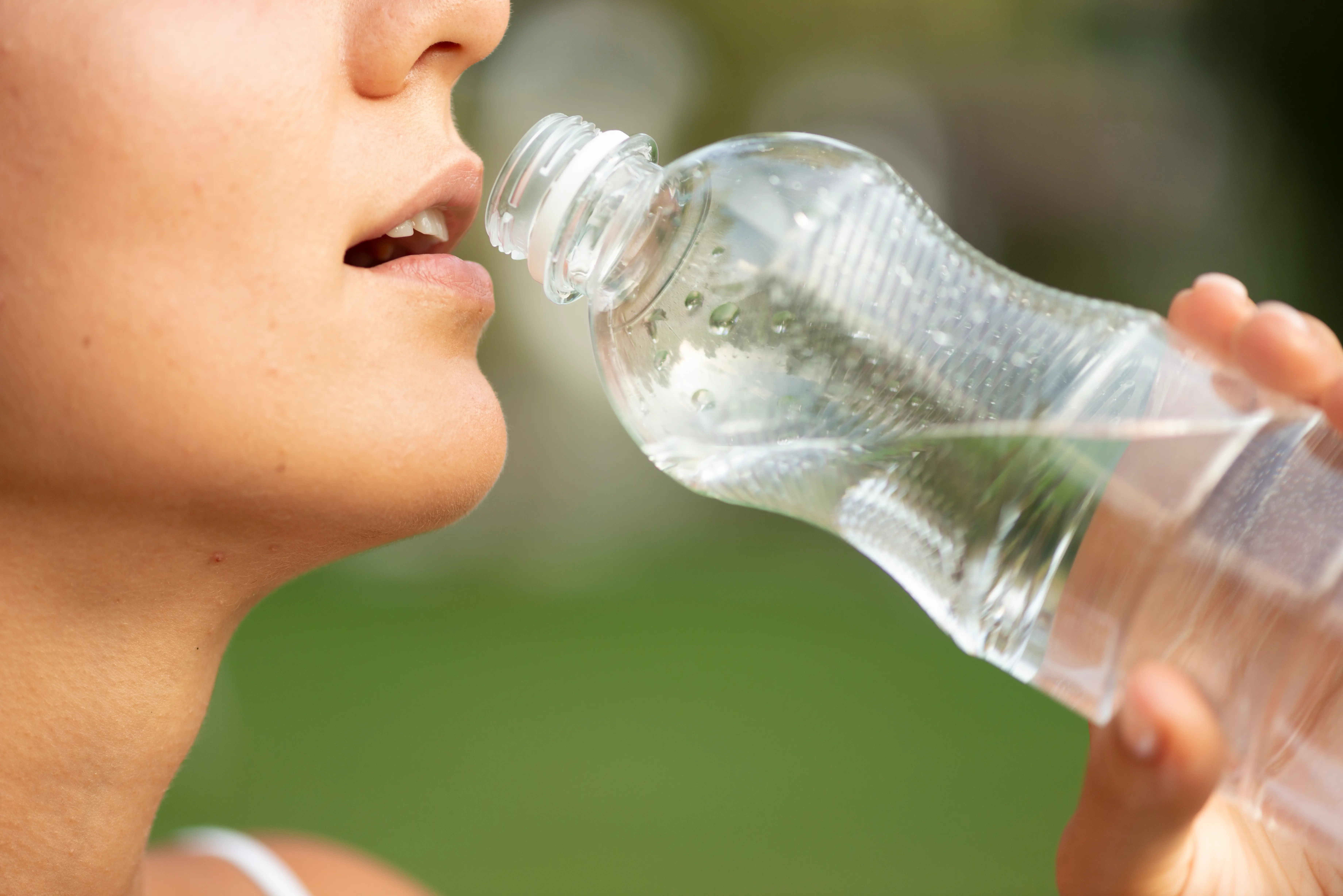
The guideline for water management for consumption is a plan to manage reserve water sources in areas where water sources are lacking and to encourage communities to store rainwater for use when necessary. However, before rainwater can be used for drinking, bathing, or for agriculture, it should be treated to be clean and sanitary so that it does not affect health or agricultural products later.
2. Grow crops that use less water
The agricultural industry is one of the industries that generates the main income for Thai people in many sectors. Therefore, even though we cannot control the amount of rainfall that falls in a given year, farmers can choose to grow crops that use less water, such as legumes, papaya, pumpkin, dragon fruit, coconut, etc.
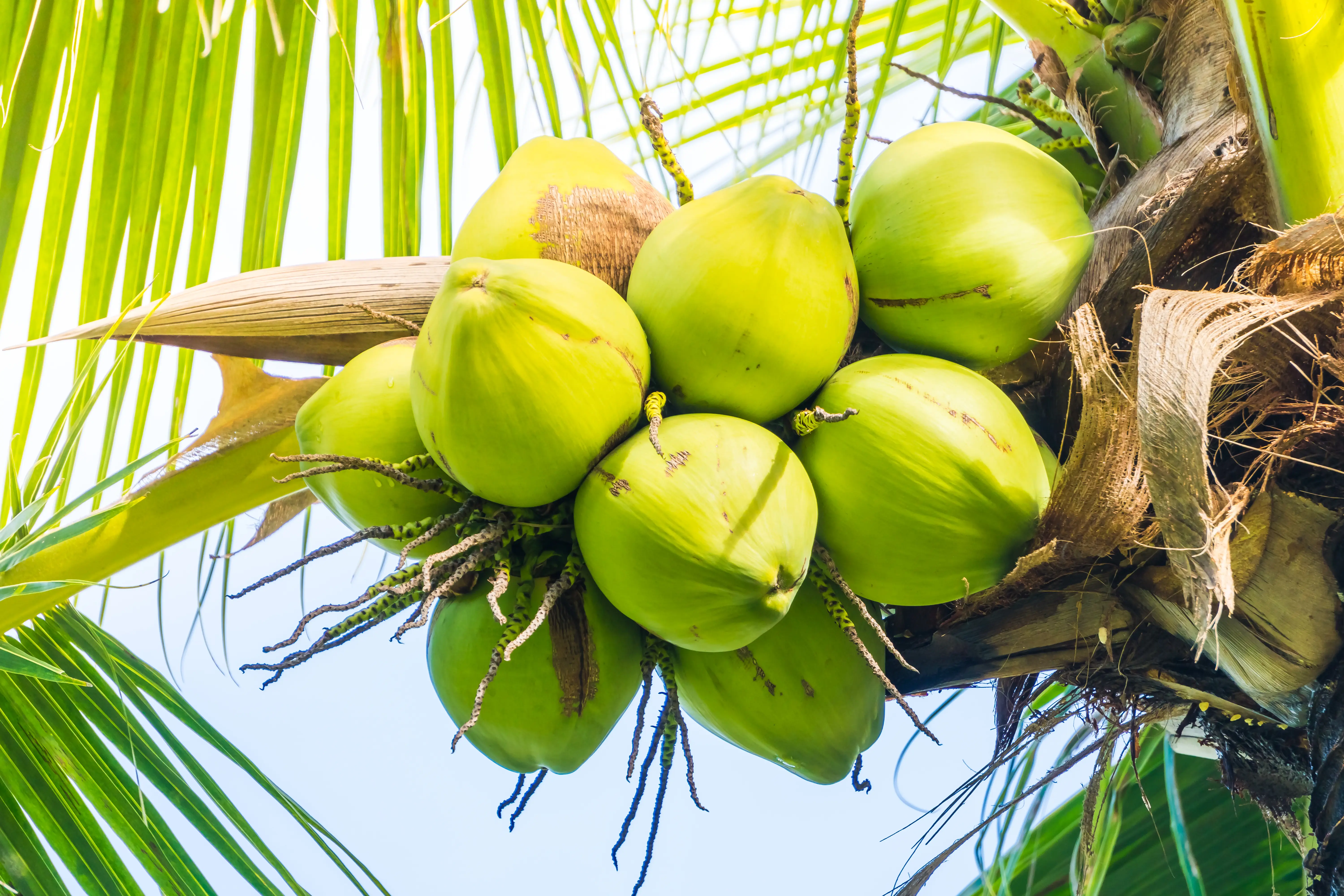
By choosing to grow crops that use less water, it will help reduce the risk of water shortages and droughts, as well as reduce the problem of competing for water for agriculture. Moreover, alternating planting crops that use less water with rice cultivation has a better effect than growing rice continuously, because field crops that use less water will help conserve the soil, improve and nourish the soil, increase soil fertility, reduce the use of chemical fertilizers, and help maintain a balanced ecosystem.
3. Manage and administer water resources in the community.
Water sources in every community come in many forms, such as streams, rivers, swamps, lakes, and the sea. These water sources are naturally occurring, while many are man-made, such as ponds and canals. Managing and arranging water sources in these communities is one of the most effective and efficient ways to manage water.
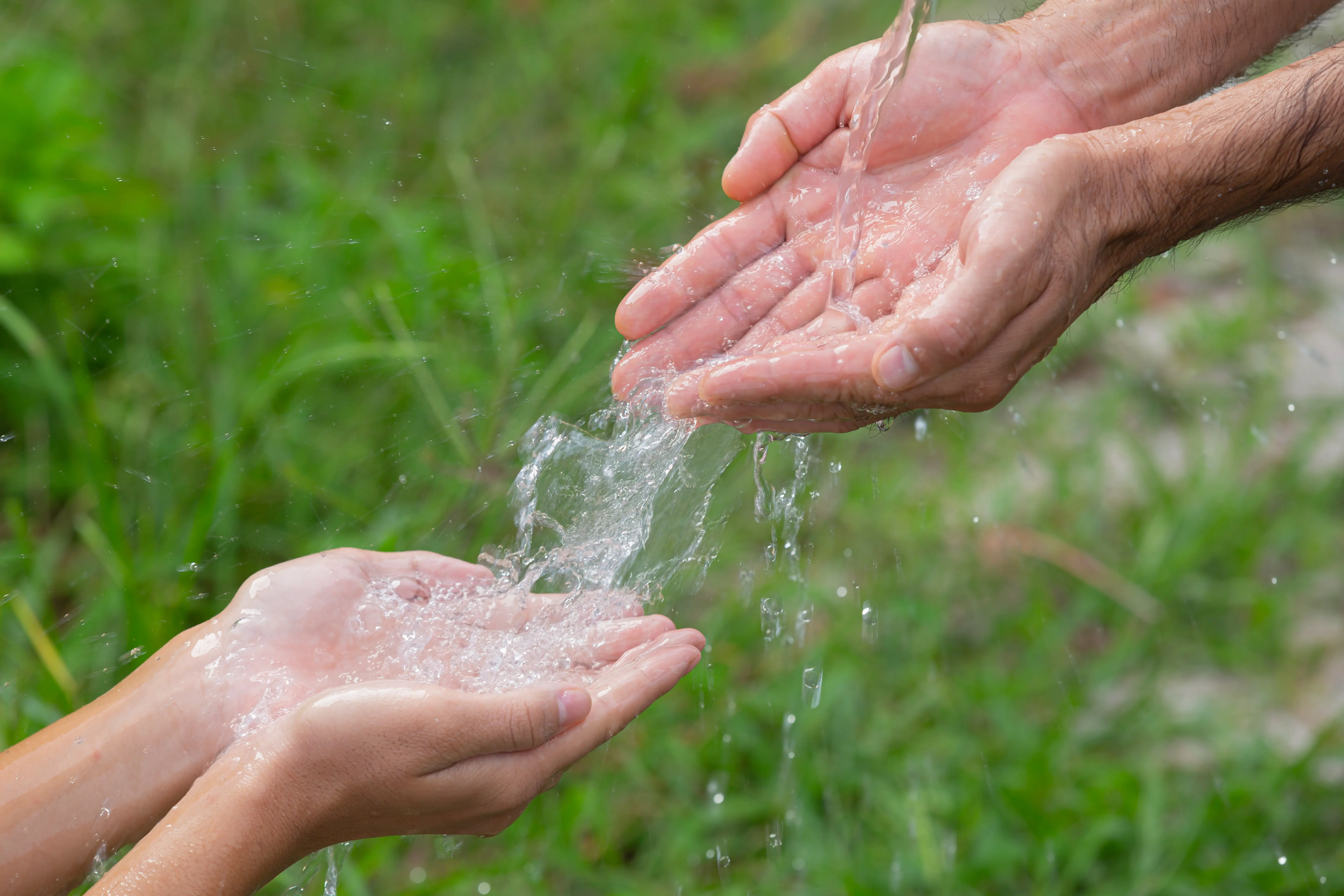
The management of water resources in the community can be done from the beginning, such as dredging and expanding the original natural canal to capture water that will flow down the waterway, sending floodwater along the canal, storing water in monkey cheek ponds, or building water storage ponds to reserve water, allowing the community to have water to use during droughts or when the rain stops.
4. Cultivate proper and cost-effective water use.
In fact, the most effective and efficient way to manage water is to start with ourselves. Because humans are one of the causes of increasing wastewater and water pollution, resulting in a large amount of wastewater and making it impossible for us to use that water when necessary. Instilling the correct and worthwhile use of water for yourself, your family, and your community is as important as other water management methods.
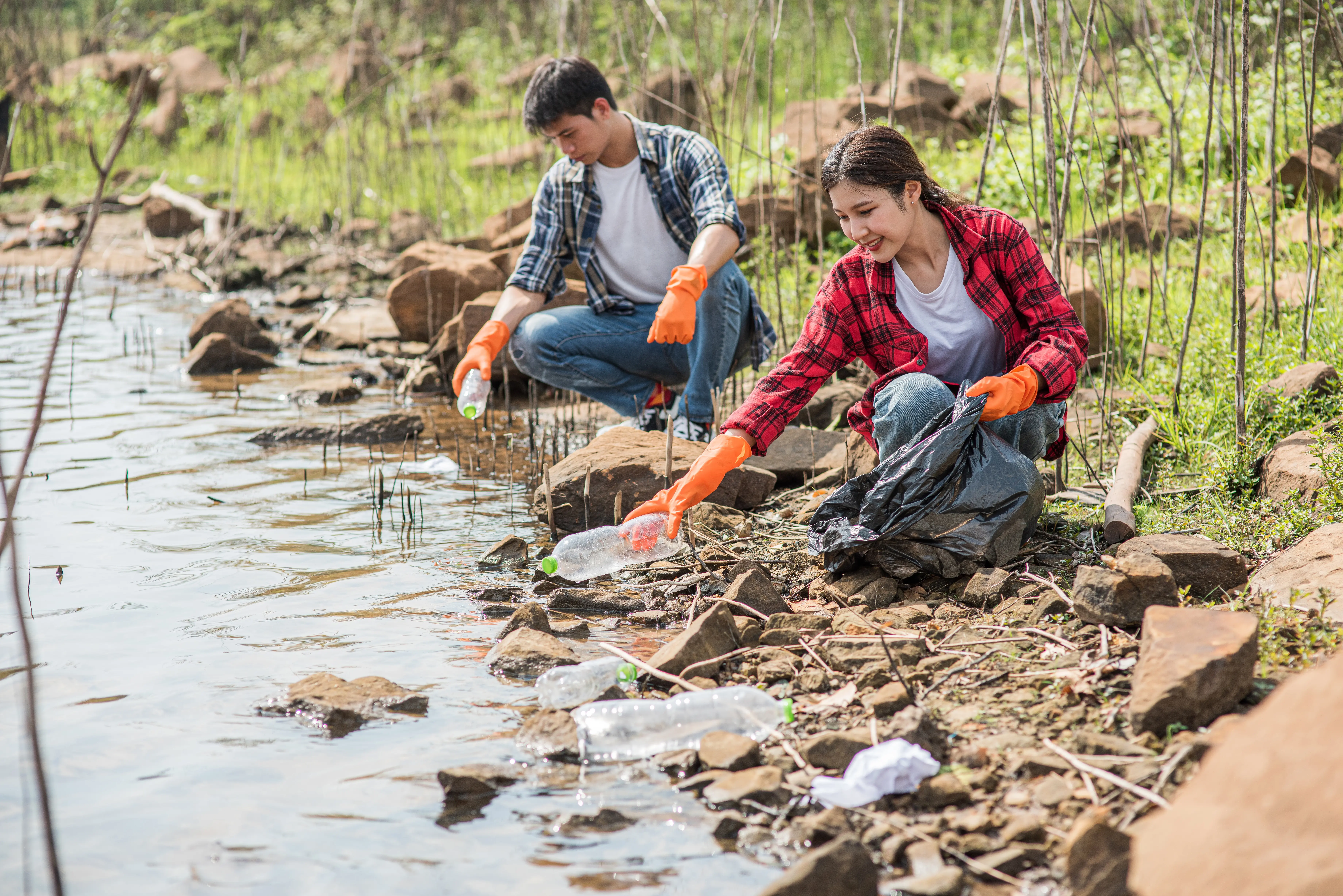
Using water correctly and efficiently is easier than we think, whether it's not throwing garbage, wastewater or waste into water sources, reducing the amount of water used in daily life, reducing the use of chemicals in agricultural areas, or even using tools that will help change ordinary still water into water with properties similar to pure water, such as using Dileka technology.
Dileka technology is a “water activator” that can change stagnant water into energy-rich, easily absorbed and nutrient-rich water. Using Dileka technology in the agricultural industry will help plants absorb more water, fertilizers and nutrients, allowing them to control the amount of water and fertilizer they use appropriately and helping plant roots grow better. Farmers can take the stored water and pass it through Dileka technology and use it for agriculture, consumption and consumption.
And these are the “4 approaches to water management” that will affect the Thai agricultural industry in the future. If anyone wants to study about Dileka technology that will play an increasingly important role in the Thai agricultural industry, you can read more in the article 6 Highlights of Dileka, an effective agricultural productivity enhancer, or you can ask for more information about Dileka technology from C.C.Autopart. Because we are a leading importer of Dileka water stimulators in Thailand. Because we are experts in wastewater treatment technology And can be a consultant for farmers To develop the agricultural industry sustainably
